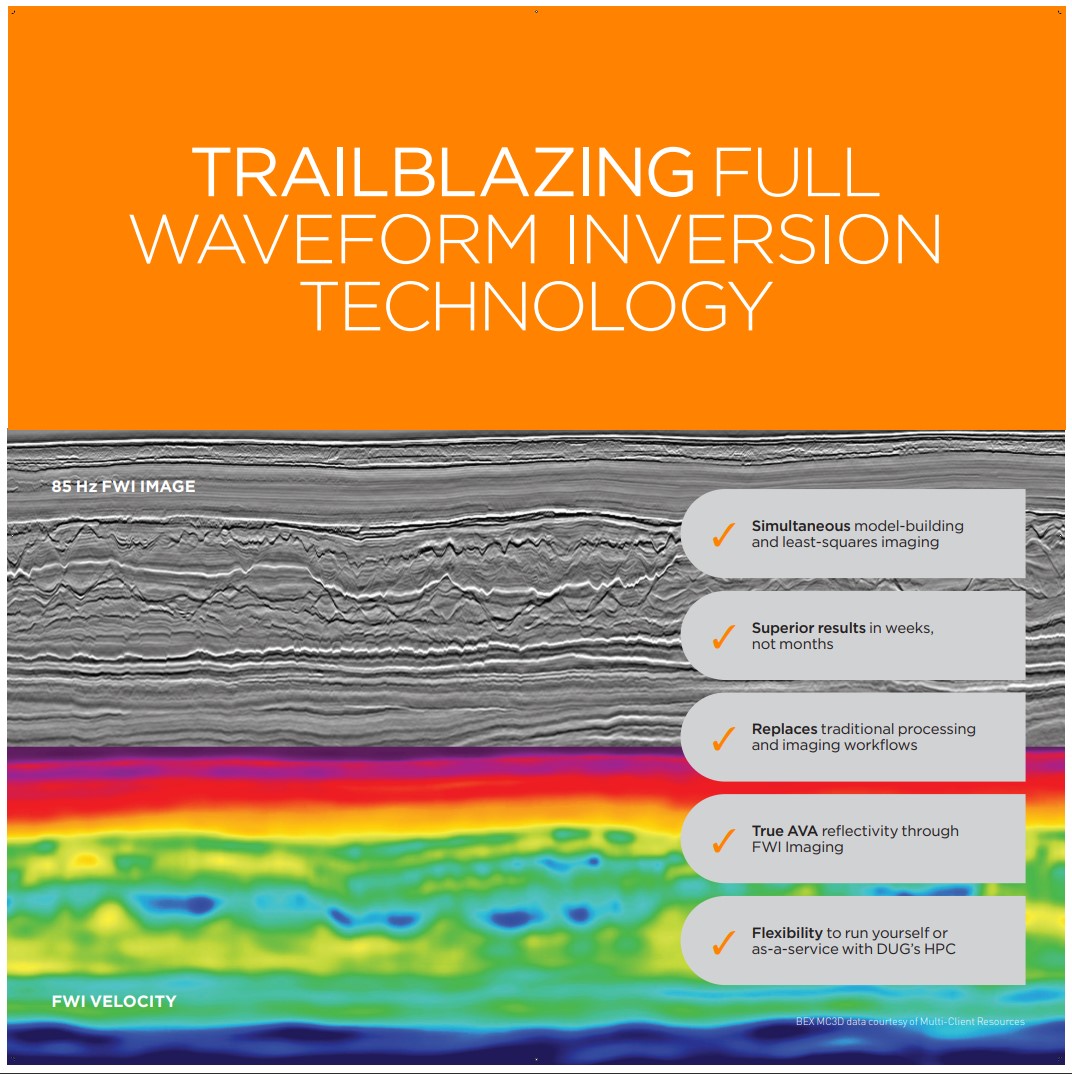
- This event has passed.
2023 PESA WEBINAR SERIES: Multi-Parameter FWI: A New Era of Seismic Imaging
Tuesday, 16 May, 2023 @ 11:00 am - 12:00 pm (Australia/Perth time)
Free – $10.00
Kindly supported by Rock Flow dynamics 
This live webinar will take place at:
11am – Perth
12.30pm – Darwin, Adelaide
1pm – Brisbane, Canberra, Hobart, Melbourne, Sydney
Use the calendar link on this page to add this event in to your own calendar at the correct local time for your location.
Tickets are free for members (please log in to see this) and $10 for non members.
Please buy your tickets and immediately follow the link in the ticket e-mail (not the calendar invite or this webpage, which is just generic and not event specific) to set up your registration with the webinar software well in advance of the time of the talk. Once registered with the webinar software you will receive a reminder e-mail 1 hour beforehand.
Seismic Imaging Direct From Field Data – How Multi-Parameter FWI Can Revolutionise Timelines and Turnarounds – A Case Study From the Barrow and Exmouth Sub-basins
Presented by James McLeman (DUG)
Abstract
Traditional seismic processing workflows can be extremely time-consuming, taking many months or even years to get from the field data to a final product with many steps and sub-steps to be tested and applied along the way. Multi-parameter FWI (MP-FWI) imaging offers a completely new philosophy in seismic processing and imaging that is re-shaping the industry landscape.
This novel technology uses the full-wavefield to deliver superior imaging in complex environments. It is a least-squares approach that uses the raw field data to estimate many subsurface parameters, including velocity and reflectivity, simultaneously. Since it is using the primaries, multiples and ghosts during imaging, little or no data pre-processing is required. The result is a set of higher resolution subsurface models with improved illumination and amplitude fidelity compared with traditional processing and imaging techniques that typically treat multiples as noise to be suppressed. This approach delivers superior results in a reduced turnaround leading to more efficient and effective decision-making.
In this presentation we demonstrate several case-studies where this cutting-edge technology has been implemented, including an 85 Hz case study using the Duyfken 3D survey, located 115 km northwest of Barrow Island. We compare a conventional processing workflow and a novel FWI imaging technique that simultaneously determines improved velocity and reflectivity models. This approach is then extended to produce FWI Imaging derived angle stacks used for AVA inversion and quantitative interpretation. The FWI derived results were obtained in a few weeks, in contrast, the conventional flow took a number of months.
Please Note: This will be a live webinar only – there will not be a recording made available for later viewing.

